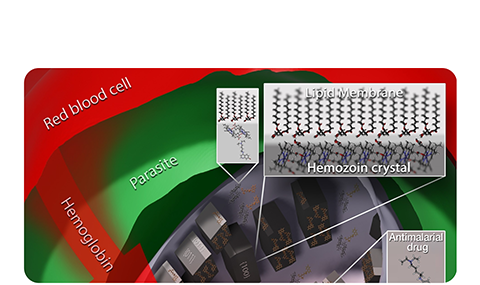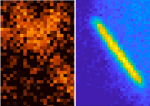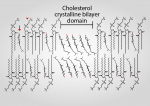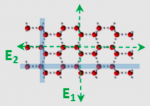Mode of action of antimalarial drugs
As already mentioned, crystallization of the malaria pigment (i.e., hemozoin) by the malaria parasite P. falciparum in infected human red blood cells is a crucial step for its survival. But this process is also the parasite’s Achilles’ heel since hemozoin is an antimalarial drug target. Over the past two decades,





